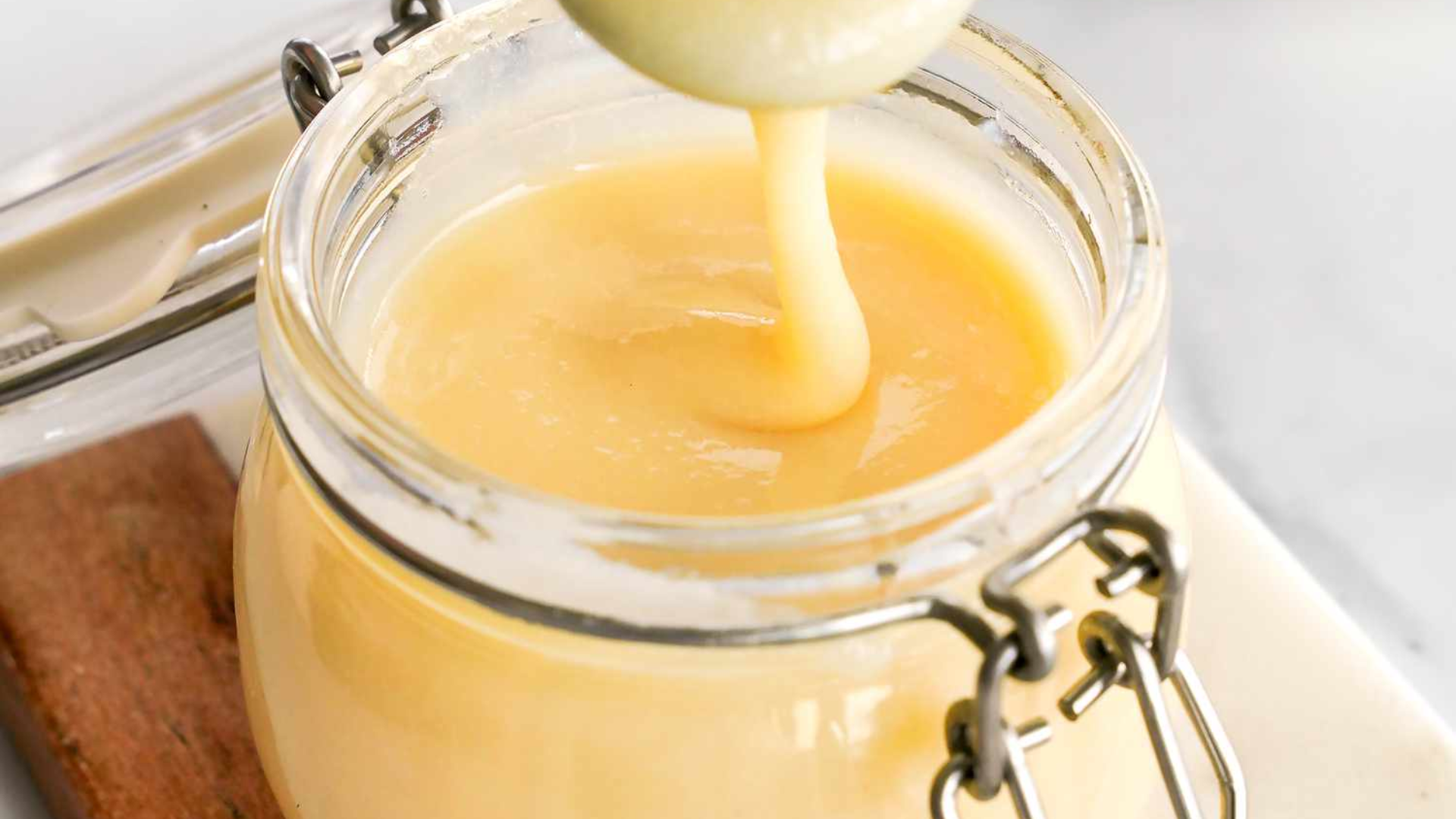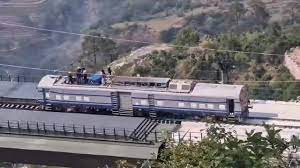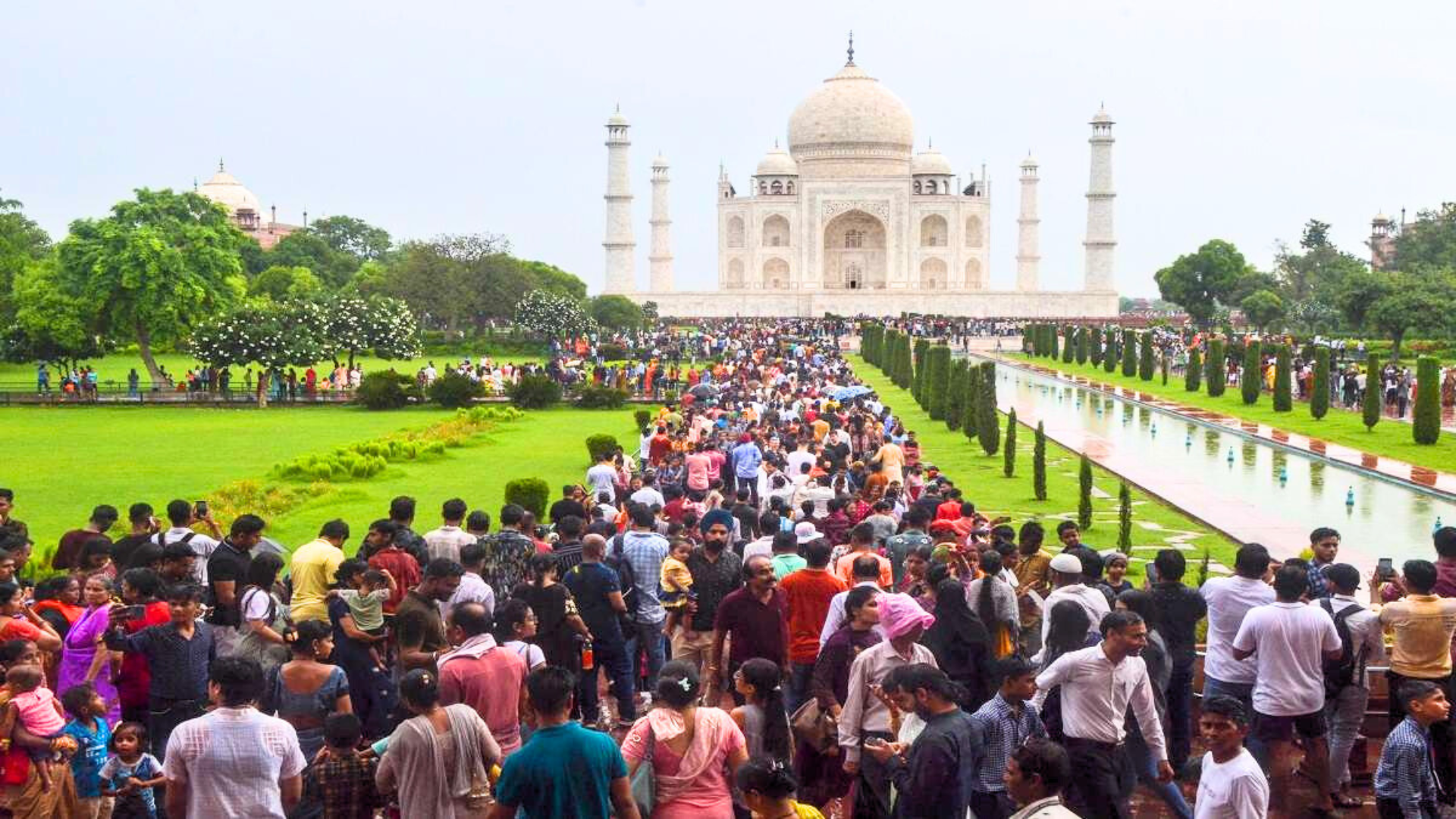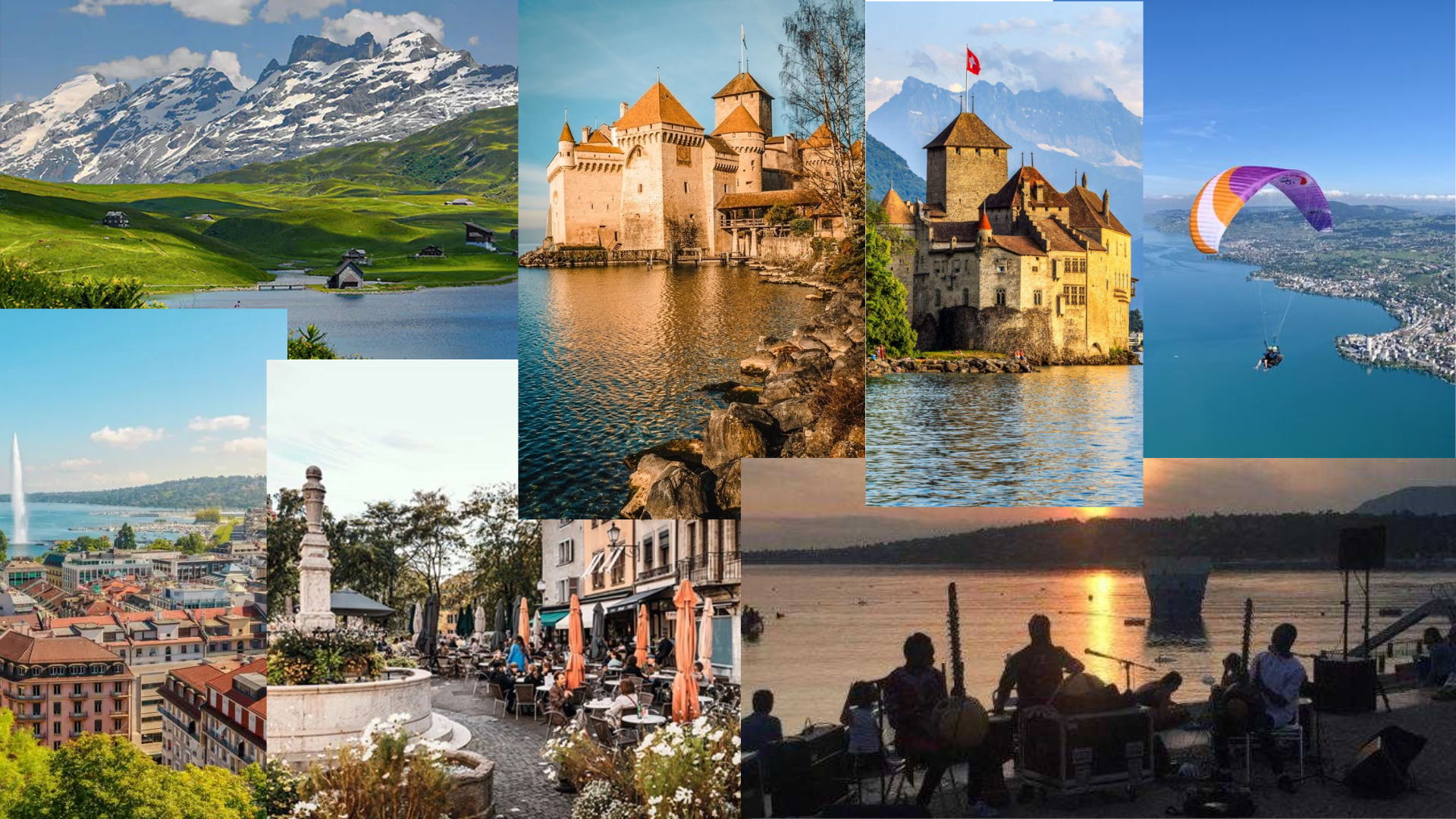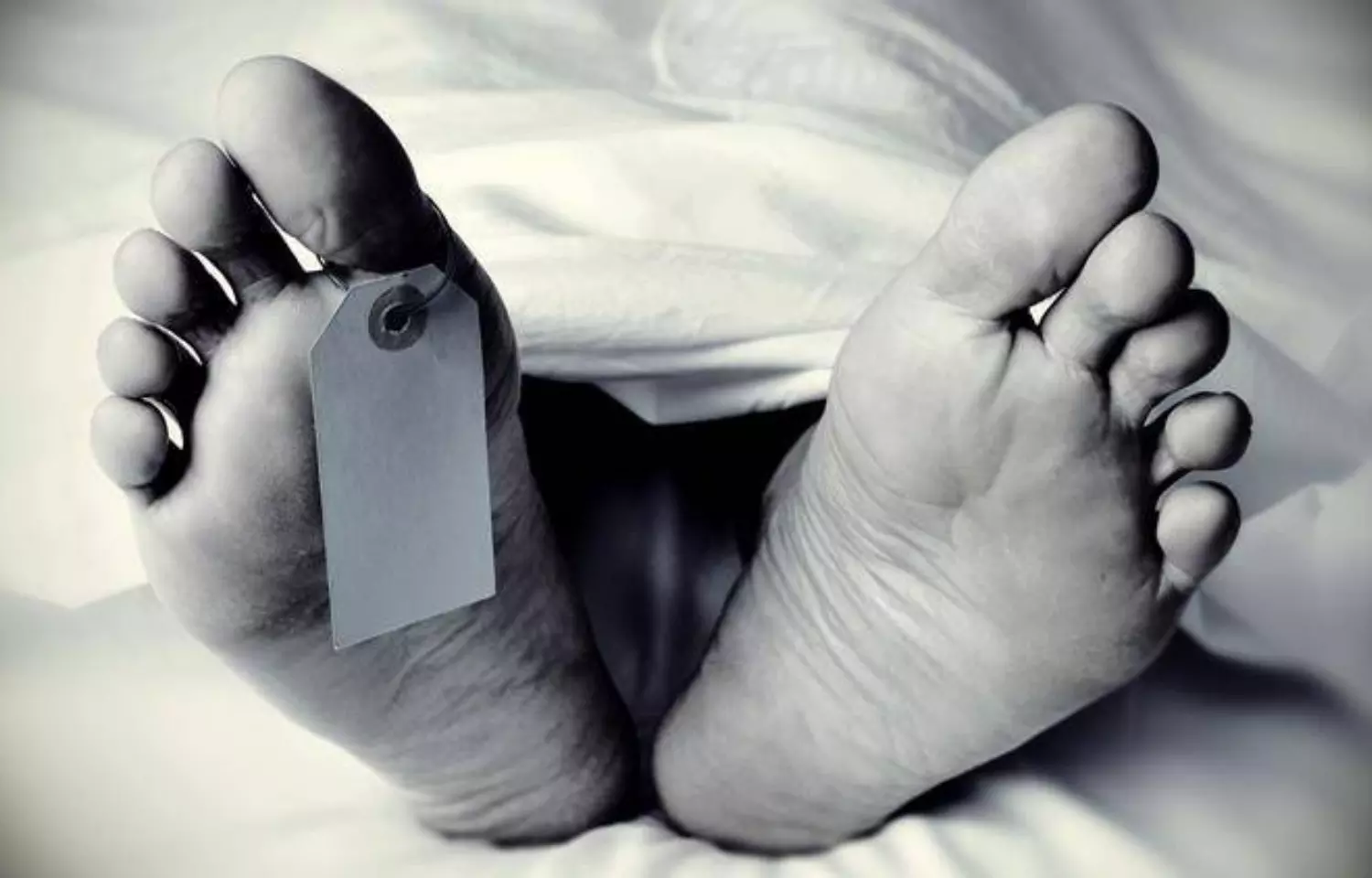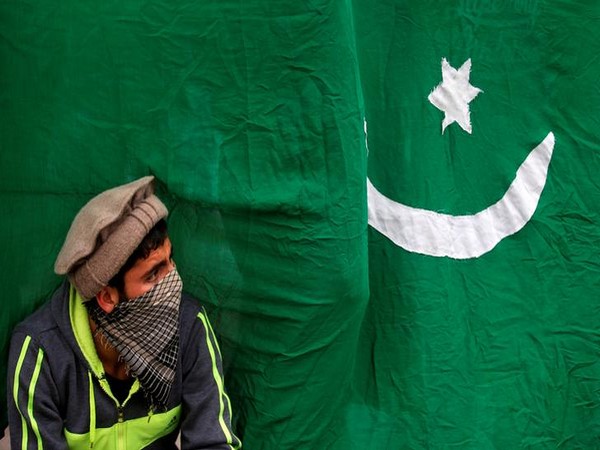Geneva, located in a valley on Switzerland’s western border, provides a tranquil location for a leisurely holiday. Its cobblestone lanes are surrounded with outdoor cafés and independent stores, while the city’s more cosmopolitan parts are filled with designer labels and sophisticated restaurants. As world-class orchestras perform inside Victoria Hall, audiences are cradled in plush chairs. Even fine eating is considered an art form here.
It is the second-most populated city in Switzerland (after Zürich) and the largest city in Romandy, Switzerland’s French-speaking region. It is the capital of the Republic and the Canton of Geneva, located where the Rhône leaves Lake Geneva. Because of the presence of multiple international organisations, notably the headquarters of many United Nations and Red Cross agencies, Geneva is a global metropolis, a financial centre, and a global centre for diplomacy. Geneva is home to the most international organisations in the world.
Geneva has an ancient cultural tradition. A scholarly elite long cultivated theology, philosophy, literature, and, especially since the 17th century, the natural and applied sciences. Numerous scientific organisations have their headquarters in Geneva, notably the European Organisation for Nuclear Research (CERN), a pioneer in subnuclear physics research, and the World Meteorological Organization (WMO).
It enjoys an exceptional location on the southern shores of Lake Geneva, in the French-speaking region of Switzerland. The city is surrounded by spectacular landscape on all sides, with the Jura Mountains to the north and the French Alps to the south. Recognised as a prosperous and sophisticated city Geneva is a destination for luxury shopping and sumptuous 5-star hotels. Geneva was historically the hub of the Swiss Reformation and had an important influence in the establishment of contemporary Switzerland. One of the most elegant cities in the world,Geneva has something for everyone. With an enticing mix of museums, monuments, and outdoor activities, one can also find some of the most unusual yet extremely exciting and the best things to do in Geneva. Some of which are:
Have a paragliding experience
Switzerland is home to a diverse range of distinct valleys, mountains, ranges, and escarpments, among other things, and there are countless tourism activities to enjoy when visiting the nation. Imagine witnessing all of this from the air.
Paragliding is a once-in-a-lifetime opportunity. The sport that has recently gained popularity as many people wish to use parachutes to explore the globe and different areas. Paragliding is described as flying from a cliff or a hill while wearing a lightweight glider, allowing you to explore what the natural world has to offer below you. If you visit Geneva, Switzerland you most definitely shou;d experience paragliding at least once.
Geneva paragliding is one of the greatest spots to visit and take a plunge from the balcony of Geneva, as it is generally called. While paragliding at this area, you will soar above the lovely city of Geneva and observe the spectacular Jura Mountains and Alps ranges. The pure blue skies and glittering turquoise lake will provide you with memories to last a lifetime.
From mid-June through the beginning of September, the paragliding school in Geneva offers daily flights. The expert guide ensures your comfort and safety. The trip over Geneva begins on Mont Salève, where the daring will take off with an expert pilot and fly into the air above Geneva.
Relish the sunrise festival at Bains de Pâquis
Every morning at daybreak (about 6 a.m.), the Bains des Pâquis hosts free concerts with breathtaking vistas. Since 2007, this one-of-a-kind and original morning festival has included a range of musical and dance acts throughout the summer.
Les Bains is located on the Les Bains des Pâquis jetty. If you’re coming from the city centre, take the quai du Mont-Blanc; if you’re coming from Lausanne, take the Quai Wilson. The entrance is located at the crossroads of these two docks.
The Bain des Pâquis has been a public pool since 1890, located on an artificial peninsula with a lively beach. It is very close to the Paquis district (Rive Droite). From here you get breathtaking views of the city and the lake. 18 years after it was built, and has remained in the hands of the city and the people ever since. It was renovated in the 1930s, faced with demolition in the beginning of the 1980s, and then saved by Genevans in 1988 and refurbished again.
It has always been a location where anybody may come and go, feel welcome, hang out with friends and family, and participate in the Bains’ countless activities, such as short film festivals and concerts. There is also a sauna, hammam, and Turkish baths, as well as women-only areas. There’s always something to do there, people to watch, and swans to be afraid of.
The best time to experience the sunrise festival at bains de paquis is during the summers when one can enjoy a refreshing late afternoon drink or a dip in the lake, with friends and the people of Geneva for company. And often just go for coffee and some Jazz before going to bed.
Also read: Ultimate Road Trip Checklist for Your Next Adventure
Walk around the streets of old town
The Vielle Ville, or Old Town, is located in a defensible position high above the lake and was constructed by Gallic tribes in the 2nd century BCE or earlier. The village was afterwards conquered by the Romans, who were followed by the Franks and Burgundians.
Its heart was Ville Ville, and today, the majority of Geneva’s most important historical attractions may be found along these small, stone-clad streets and lanes. St. Pierre Cathedral, Place du Bourg-de-Four, and the Museum of the Reformation, as well as art galleries, gift stores, and restaurants, may be found here. Nearby, the busiest shopping street in Geneva is Rue du Marche (also known as Rue de la Croix-d’Or or Rue de Rive).
One of the nicest things to do in Geneva is to simply meander about Old Town and see what you come across. Geneva Old Town is the largest historic city in Switzerland, with steep cobblestone alleyways, secret terraces with spectacular views, and gushing fountains. One might easily spend an entire day walking the streets and shooting photographs here. The old town is easily accessible by foot, beginning at the boat pier on Lake Geneva near the Mont Blanc bridge.
Walking across the Mont Blanc Bridge affords spectacular views of Lake Leaman (Lake Geneva) and the famed water jet. After crossing the bridge (Pont du Mont Blanc), you’ll arrive at the English Garden, which features the famed floral clock and a bronze water fountain. Because of its position, the huge floral clock is strongly connected with Geneva. The English Garden is a lovely spot to wander and enjoy a calmer, more attractive setting with views of the Mont Blanc Bridge and Geneva’s city.
The walking tour of Geneva continues by crossing the street and up the hill to the historic protestant church of Temple de la Madeleine (on Place du Port and Rue de la Fontaine). Visit Saint Peter’s Cathedral again. The corridor will lead you behind the majestic St. Peter’s Cathedral, a symbol of the Christian Reformation.
St. Peter’s Cathedral is a former Catholic Church that was erected in the late 12th century and afterwards renovated. During the Christian Reformation, it became a Protestant church. This church is most closely identified with John Calvin and his Geneva ministry. It is worthwhile to spend time seeing the inside of St Peter’s and ascending the church tower to get a glimpse of Geneva during the Great changes in Geneva during the Reformation.
Geneva City Hall, a short walk from Saint Peter’s courtyard, is worth a visit. The Reformation Wall is located in Bastions Park, which is easily accessible from City Hall. Place de Neuve is a vast and bustling square. Rath Museum, situated across Place de Neuve, is a modest museum with lovely history and art exhibitions.
Rath Museum is a fantastic spot to experience history and art in a calm setting. It is free to visit on the first Sunday of each month. Back towards the river, the lovely Rue de Corraterie, This is a lovely boulevard for wandering and shopping as you make your way back to the Rhone. If one visits in the spring or summer they can take advantage of the nice weather.
And make the most of their trip by taking part in these activities. Travel in winter, though, to enjoy a true snow-kissed wonderland, complete with outdoor thermal baths and chocolate-tasting tours that will warm you right up.
Watch a film at free open-air cinema screening at Ciné Transat
This free film experience is located at Parc de la Perle du Lac. The beach of Lake Geneva is converted into an open-air cinema during the summer months of July and August. Films are projected onto a massive screen in Perle du Lac’s gorgeous park – it’s tough to imagine a more magnificent setting to see a film!
Shows are held at the end of the week and on weekends. Films begin around sunset, between 9 and 10 p.m. A wide range of globally recognised films are screened. French subtitles are supplied for films that are not in French. Some films are even accompanied with ‘theme-nights,’ which add to the experience.
There is a snack shop, public restrooms, and a limited number of deck chairs for rent, but this is the spot to bring your own blankets as even on the hottest of summer days, nights can be quite chilly, make yourself at home, and enjoy a picnic and chilled wine from your cool box.
Appropriate barbeque spaces are also given, all of which contribute to the fun-filled night. Whatever film you choose to see, a trip to the open-air theatre will be a wonderful experience. Oh, and did I mention it’s free?
Enjoy the view of the confluence of Rhone and Arve rivers.
The confluence of the Rhone (Rhône) and Arve rivers is a remarkable natural phenomena that may be seen in Geneva, Switzerland’s second biggest city. Arrow is a blend of two opposing hues of mountain rivers as it joins the strong streams.
The Rhone River, which originates on the slopes of the Aar-Gotthard, and the subsequent Lake Geneva (Leman) are turquoise. The River Arve, whose source is in the Graian Alps, has a more usual grey and muddy pitch; such dismal hues are generated by fast flow, which elevates the bottom of the rocks, muck, and dirt.
The Rhone and Arve rivers meet in La Jonction, which is located in the western portion of Geneva. Keep an eye out for the greatest arrow with a specially made pier. You may stroll to the observation deck from the bridge Sous-Terre on the Rhone’s right bank. Move along the coastline in the other way of Lake Geneva, into a dark lane called Sentier des Saules, to the confluence of streams.
The distance between the bridge and the Sous-Terre arrow is approximately 700 metres The Arve then merges with the Rhone when their densities reach a same level, but this doesn’t change their strange aversion to the arrowhead. It is incredible to see how two rivers that originate from the same source end up in such a unique juncture.
The astonishing thing is that there is a colour contrast between these two rivers — one is blue and the other is brown. The distinct difference is that the Rhone River is blue, whereas the Arve River is brown. The Rhône River becomes one of Western Europe’s major lakes. Its waters originate on the slopes of the ‘Aar Gotthard’ range and flow into Lake Geneva ‘Leman.’ The Arve River collects water from the Chamonix valley’s numerous glaciers (mainly the Mer de Glace) with their distinct colours.
The meeting of both rivers in an arrowhead shape has enraged the entire planet. The fact that the colours of the river do not mingle adds to the uniqueness of their confluence in Geneva, offering tourists plenty of reasons to flock to this natural anomaly.
The melting of glaciers in the summer season results in fast-flowing water, making April and May the prime months to visit the rivers. Regardless, the rivers provide wonderful sightseeing and boating opportunities to tourists all year and are one of the best places to spend a day away from land.
Also read: Dealing With Post Vacation Depression? Here Are Some Tips



